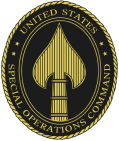
Transforming Current
and Future Workforces to Achieve Bold Goals
TSi is dedicated to the science of transformation characterized by accelerated change, uncertainty, and complexity. The science of transformation focuses on individuals, organizations and systems to produce efficiency, effectiveness, better outcomes, and rationalization of services.










